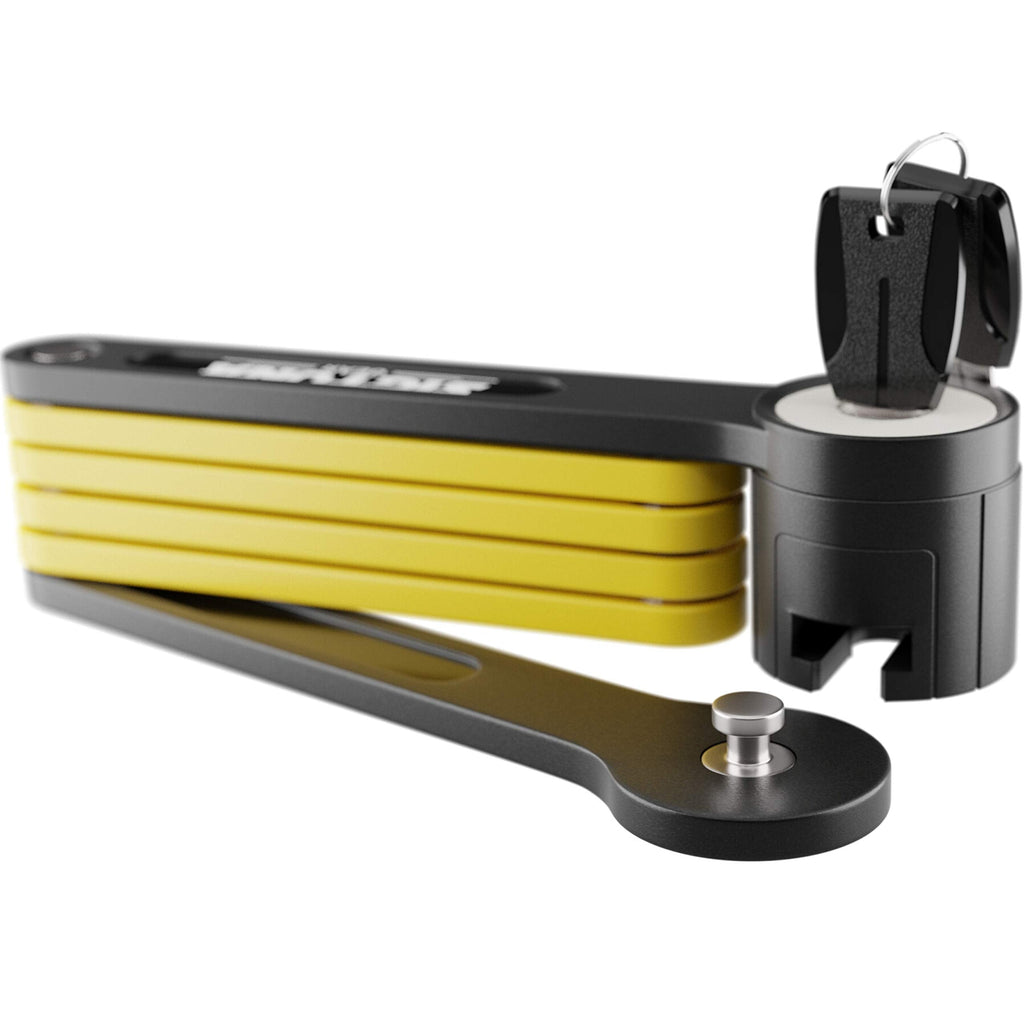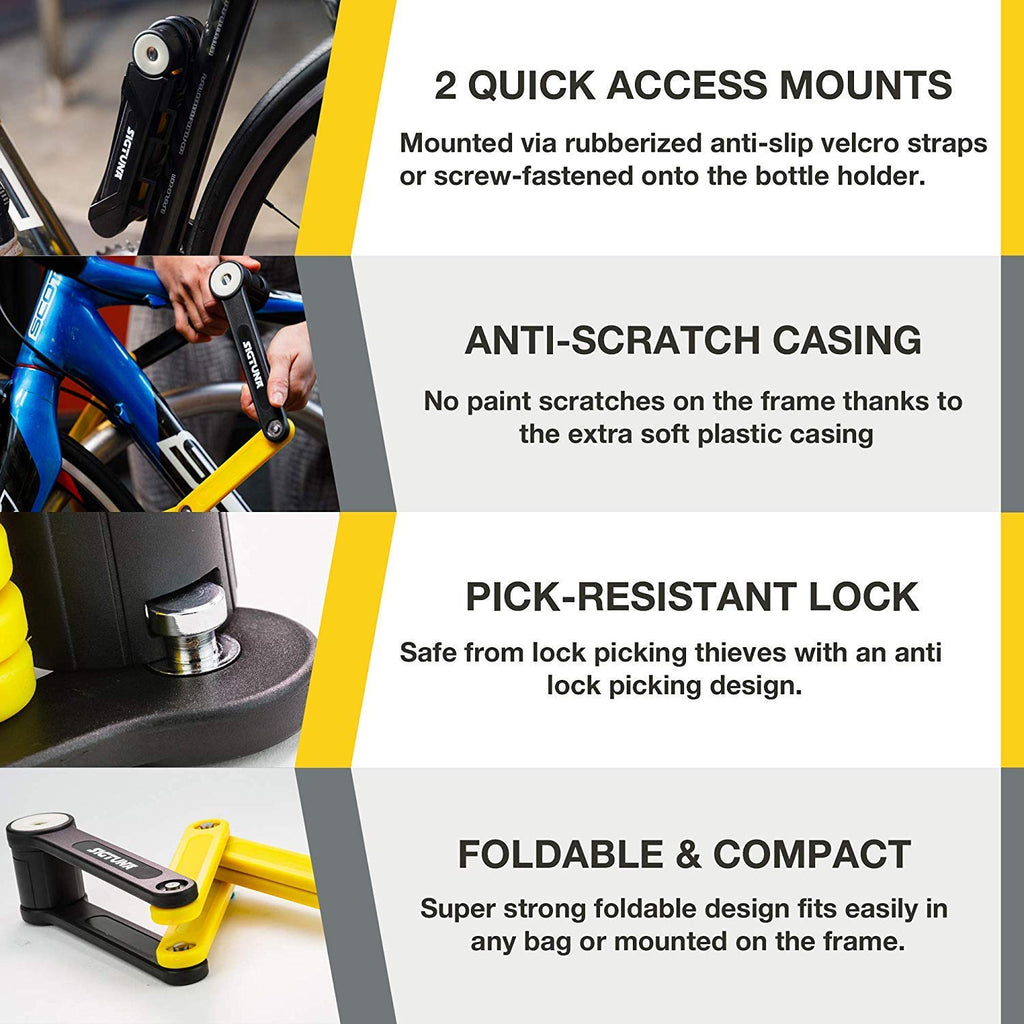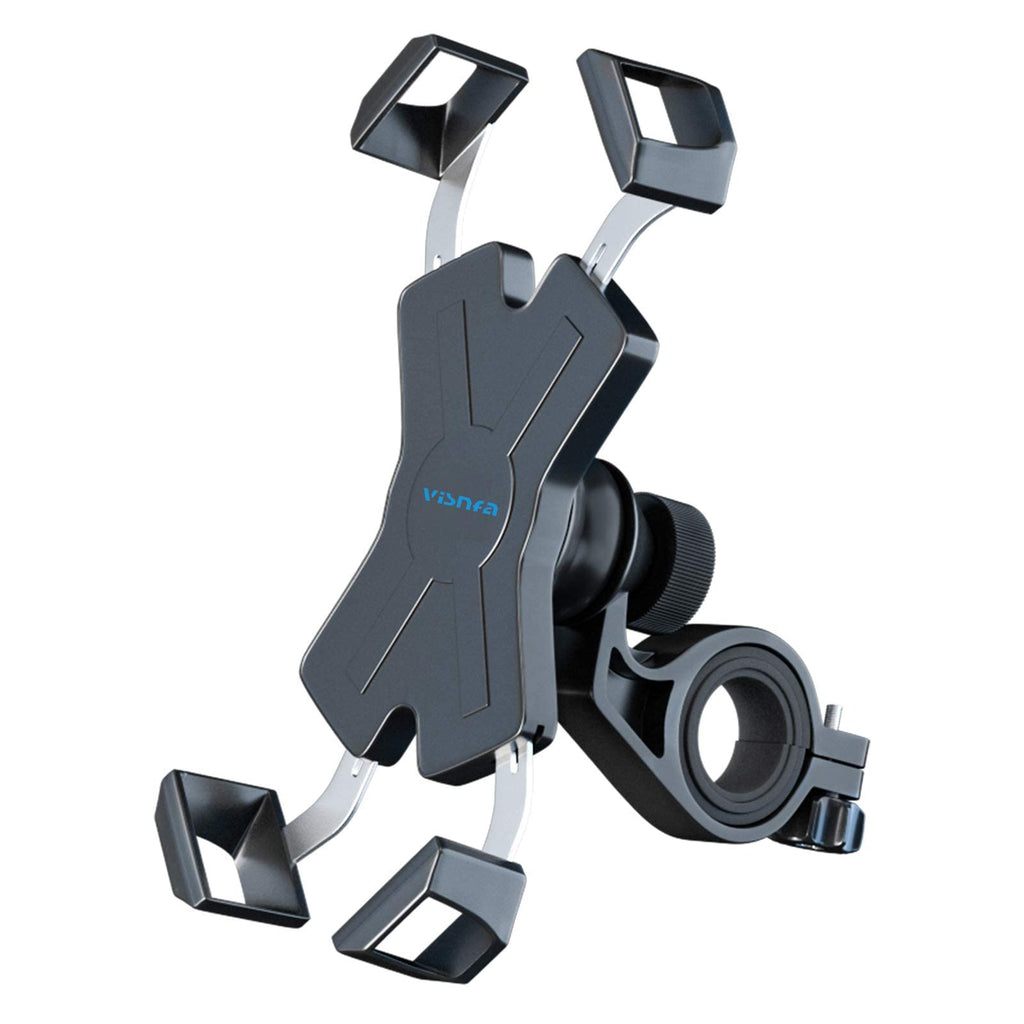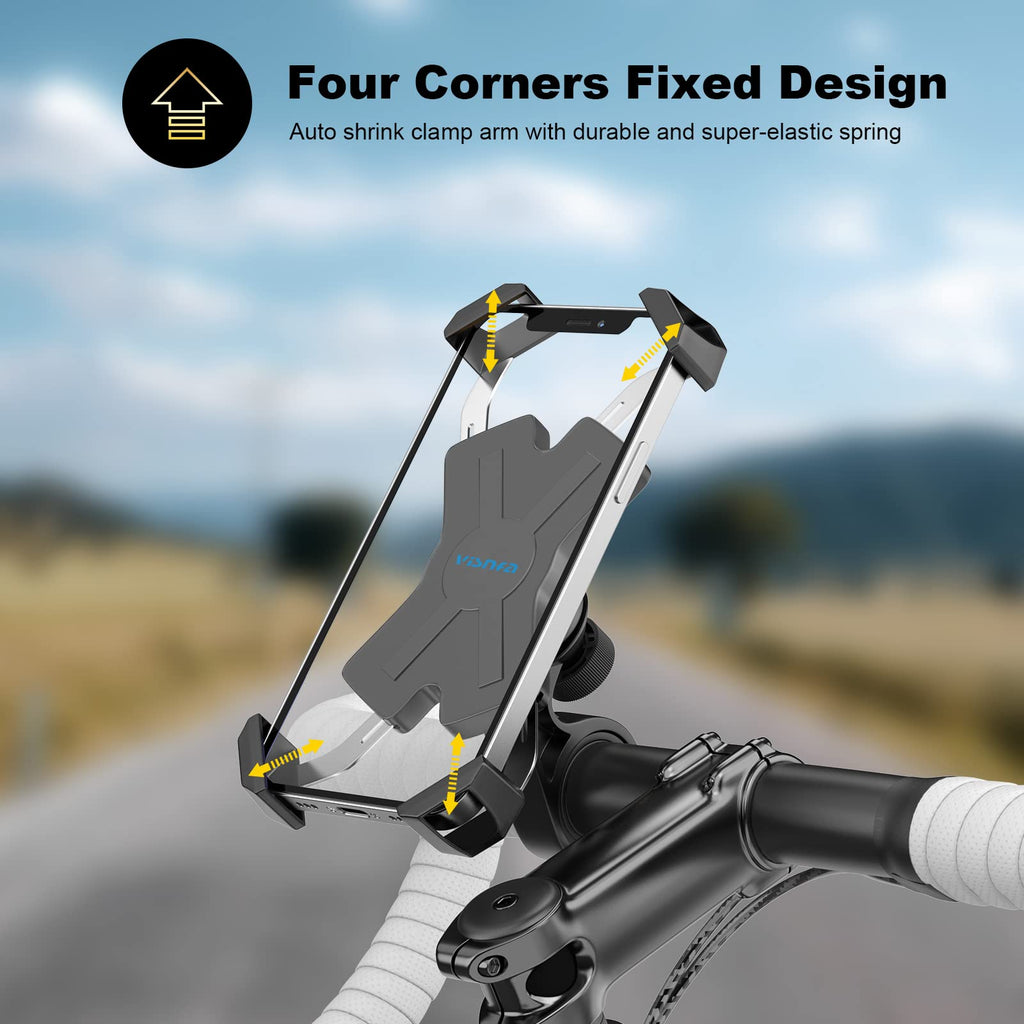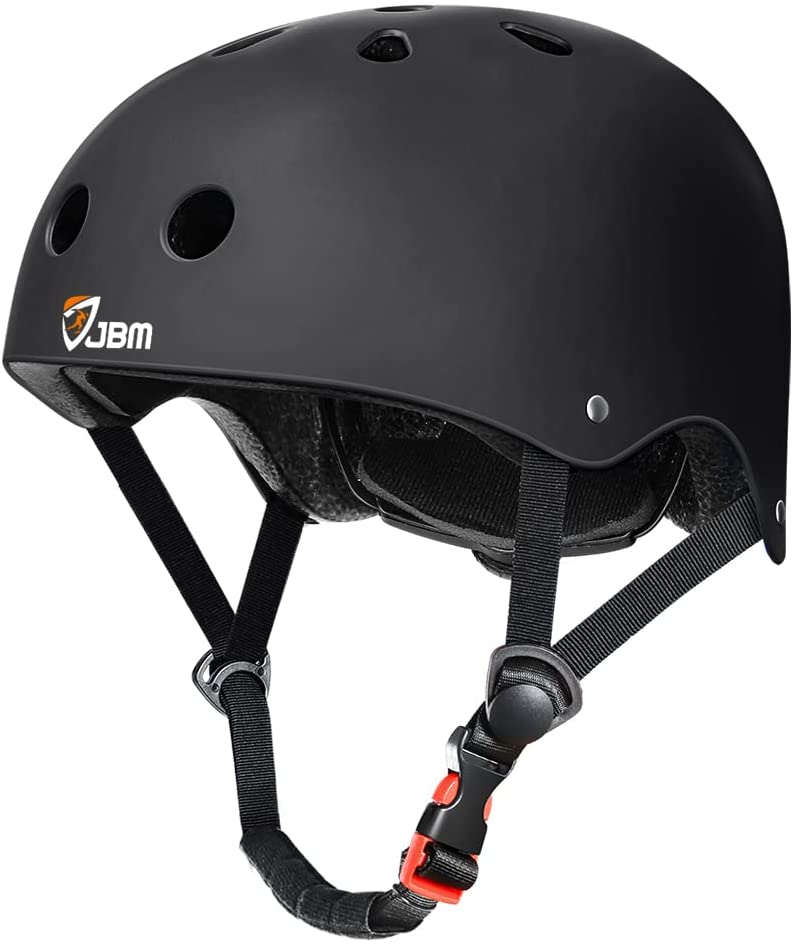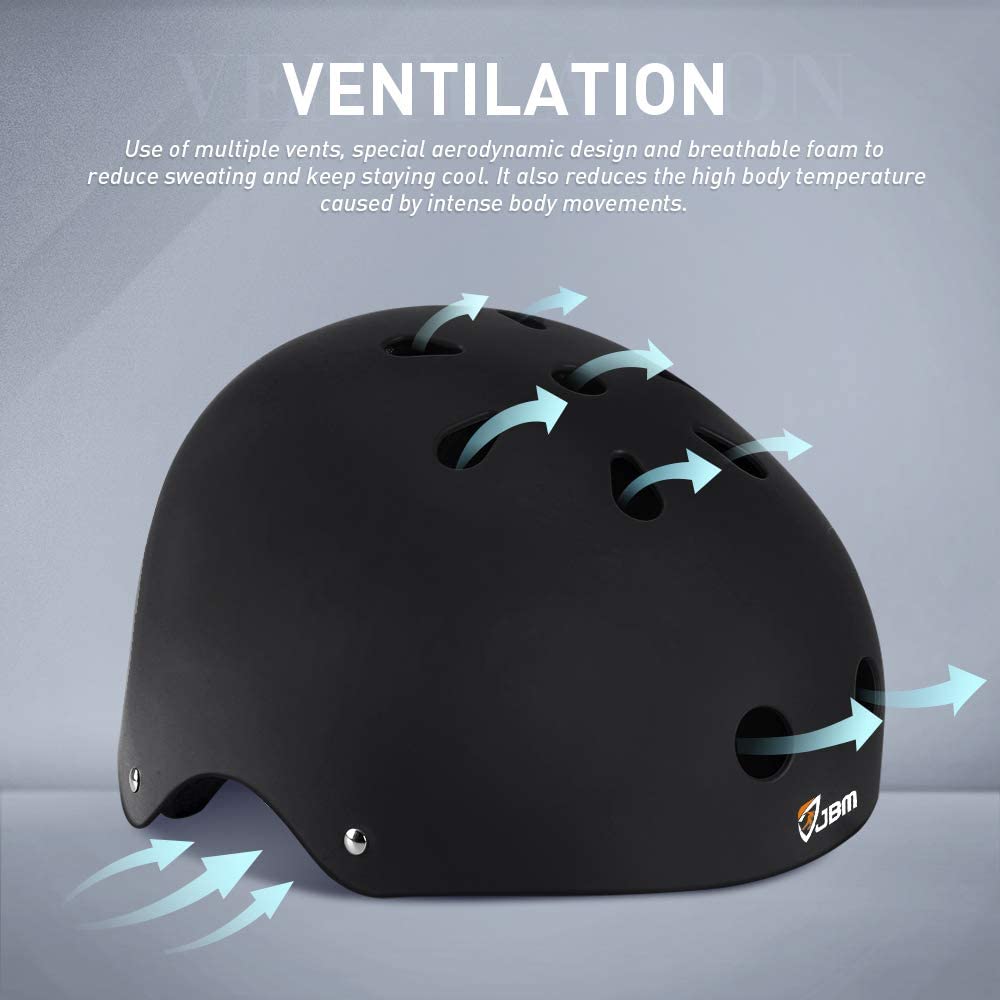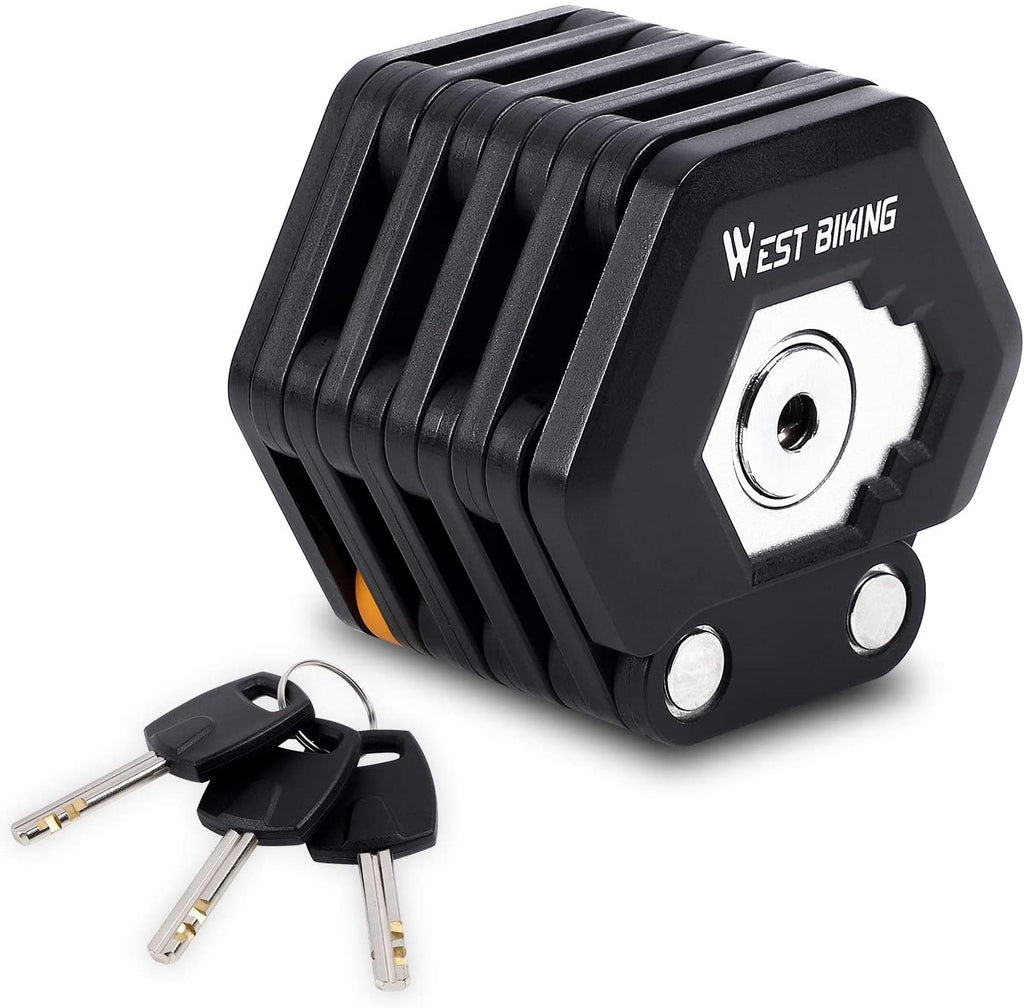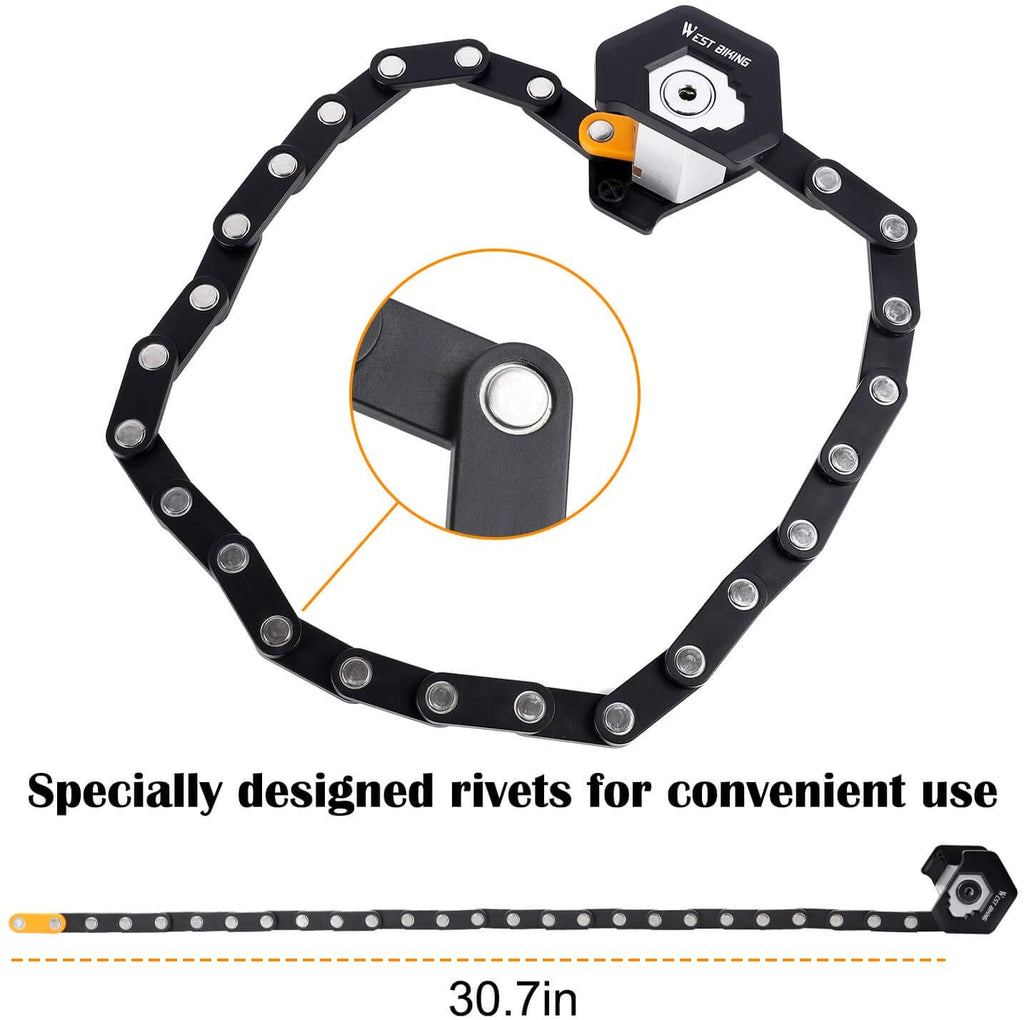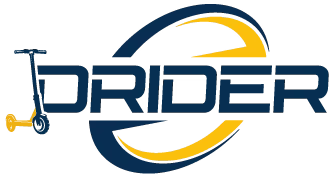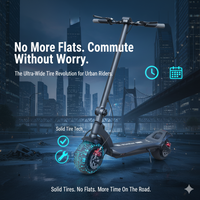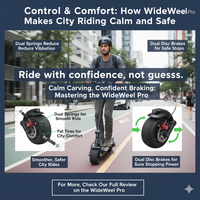California Surpasses 2 Million EVs, Leading Zero-Emission Adoption
Californians purchased almost 100,326 ZEVs, where 23% were the sales of new vehicles in the first quarter of 2025 alone. This state has set its landmark in carbon-free transit policies, infrastructure deployment, and electric vehicle adoption. This report analyzed all trends in EV sales and charging infrastructure development results on the basis of 2024 and early 2025 statistics. Almost 50% of the infrastructure funding has been delivered to low-income regions and underserved areas to spread a broader vision of clean transportation. As per California electric car law 2025, automobile manufacturers ought to raise their zero-emission vehicle offerings. This goal proposes 100 % sales of zero-emission ZEV by 2035. The below portion elaborates on the key facts that highlight the EV adoption, infrastructure growth, and the state’s progress.
Highlighted Key Insights:
- 🚗 2 million zero-emission vehicles on the roads represent how California is leading the nation. California’s ZEV Momentum Rolls into 2025
- 🔌 Almost 178,549 public and shared EV chargers have been set up in the whole state, surpassing the total number of gas tanks. California now has 48% more EV chargers than gasoline nozzles in the state
- 📈 In 2024, 23.3% of new EV sales in California established the momentum in the micromobility market. California ZEV Sales Hold Steady to Start 2025
- 📉 There was a 14% rapid sales increase of non-Tesla EVs in 2024, even though the demand for Tesla reduced to 11.6%. California ZEV Sales Hold Steady to Start 2025
- ⚡ In 2024, California introduced almost 38,000 new chargers, including 450 fast chargers set up along highways. California now has 48% more EV chargers than gasoline nozzles in the state
- 💰 Approximately $1.9 billion is spent on EV infrastructure, delivering 50% of funds to low-income communities for clean transit. CEC Approves $1.9 Billion Plan to Expand Zero-Emission Transportation Infrastructure
- 📍 69,673 Level 2 and 3,159 DC fast chargers are accessible in Los Angeles and even in other states too. California now has 48% more EV chargers than gasoline nozzles in the state
- 🌿 In 2024, in Marin County, 40.1% of new vehicle sales were zero-emission vehicles. California ZEV Sales Hold Steady to Start 2025
- 👨👩👧 Among 4 Californians, at least 1 rides a zero-emission vehicle.
- 🔄 24:1 is the EV-to-charger ratio in California—demonstrating high demand for charging infrastructure.
- 🏠 Shared-private chargers make up 52.8% of California’s actual charging infrastructure.
1. California Exceeded 2 Million ZEV Sales:
California has officially crossed the 2-million zero-emission vehicles (ZEVs) sales, becoming the first state to introduce pollution-free transportation on the road. These contain a battery electric vehicle, plug-in hybrids, and hydrogen fuel cell vehicles. The latest and most acquired models are the Tesla Model 3, Chevrolet Bolt EV, and Nissan LEAF, as accessible to the budget-conscious buyers due to the California EV tax credit.
2. Installation of 178,000 Charging Stations Statewide:
A total of 178,549 California EV charging stations are installed statewide, including more than 162,000 Level 2 and approximately 17,000 DC fast chargers. The state has more charging stations than gas tanks. This approach is highly developed in urban communities. Los Angeles set a standard among all U.S cities by having 2,159 DC fast chargers and 69,673 Level 2 chargers. Moreover, Santa Clara with 1,080 DC fast and 28,204 Level 2 chargers, followed by San Diego with 1,167 DC fast and 10,411 chargers, and many more in other cities.
These regional authorities demonstrate how EV infrastructure is not only growing, but strategically entering a competitive market where EV adoption, policy, and density align. Among popular models like the Volvo XC40 Recharge and Mercedes-Benz EQB 300 4MATIC, they get advantages from improved charging infrastructure across suburban and rural areas.
To fulfill California’s 2035 goals, there is a need to set up public chargers at a remarkable pace over the next 7 years and to surpass the installation of the 2 million charger plan. But a major obstacle is cost; approximately $120,000 is required for inaugurating a single fast charger.
3. EV Infrastructure Spent $1.9B on Investments for Expansion
The leading state, California, has officially announced to invest $1.9B in EV infrastructure for more development and growth. These funds demonstrate the installation of 40,000 additional chargers statewide, and 50% of the funds supported the low-regional areas.
Top vehicles like Kia EV6 and VinFast VF8 have gained enough fame among new buyers looking for range and quality, especially in urban areas where charging equity is challenging. Almost 35 million vehicles were recently registered in the whole state, raising the question in many minds about how many cars are registered in California, which highlights the level of challenge and opportunity in moving towards zero-emission transportation.
4. EV Market Reached 25% Sales:
The actual sales of new cars have surpassed the percentage of electric cars in California to 25.3% in 2024. The budget-friendly models, Hyundai Kona Electric and the MINI Cooper SE, played their part well among young professionals and thoughtful families in encouraging EV adoption for the first time. Even though there was a reduction in sales recently, California still aims to meet the target of 35% of ZEV sales by 2026. Support through rebates and charging stations at an unprecedented pace can make California steadfast in its goals.
5. Non-Tesla EV Holds 14% Sales in 2024:
In California’s EV market, the role of Tesla is negligible, as per 2024 data. But now, non-Tesla EV sales have reached 14%, while Tesla sales have reduced to 11.6%, due to rising competition and changing consumer preferences. Automobile makers and emerging brands like Rivian and Hyundai are gaining popularity among consumers due to value and strong quality. Other competitor models are the Cadillac Lyriq, the Subaru Solterra, and the Audi Q4 e-tron, which highlight the importance of less reliance on single automakers and are focused on broader consumer demands.
Closing Recap:
California’s EV adoption mission is above the mark, exceeding 2 million EV sales, with the charging infrastructure and the state’s policy, California is representing itself as a remarkable symbol, leading towards its 2035 goals. The variety of EV options, like Mercedes WQB 350 4MATIC and Lexus RZ45e, highlights the broader vision of California’s climate and consumer needs. This report reflects the affirmed data from 2024 to Q1 2025 in partnership with environmental agencies. So, which trend will craft the new beginning for clean transportation, creativity, infrastructure, or value?
About DRIDER Scooters:
Tahseen, content head at DRIDER E Scooters, claims, “We aim to deliver a practical, clean transportation and make it approachable for every single consumer.”
These plans empower the federal programs like NEVI and other California efforts for the accessibility of clean transportation. The funding empowers the decarbonization plans and addresses the need for a charging infrastructure statewide.
Media Contact:
Tahseen, Content Head at DRIDER E Scooters
info@driderescooters.com
(714) 512-5677
www.driderescooters.com
